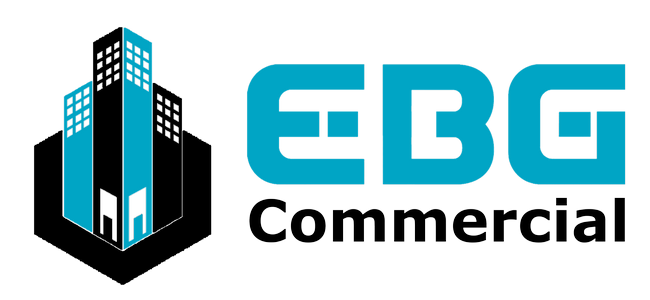Your Vacant Space Is Costing You More Than Just Lost Rent
Why traditional retail leasing methods are destroying shopping center values across DFW
After two decades in DFW retail real estate, I’ve seen one consistent pattern: most shopping center owners focus solely on filling vacancies, missing the bigger picture that’s actually destroying their property’s value. Think about it – a bad tenant isn’t just paying less rent; they’re actively driving away better tenants and reducing your property’s long-term value.
The Hidden Cost of Poor Leasing Strategy
Look at your current approach. Are you:
- Taking any tenant who can pay rent?
- Ignoring tenant mix strategy?
- Missing market opportunities?
- Focusing only on current vacancies?
- Neglecting long-term positioning?
Each misstep in your leasing strategy compounds over time.
Why Traditional Leasing Fails Today
The DFW retail market requires sophisticated understanding of:
- Market Dynamics:
- Consumer patterns
- Competition mapping
- Growth trends
- Demographic shifts
- Value drivers
- Tenant Strategy:
- Mix optimization
- Synergy creation
- Revenue potential
- Growth capacity
- Market positioning
- Value Creation:
- Rent optimization
- Term structure
- Improvement planning
- Cost recovery
- Asset enhancement
The Real Impact on Your Investment
Poor leasing decisions affect more than just occupancy:
- Decreased property value
- Lower quality tenant prospects
- Reduced rental rates
- Higher turnover
- Poor tenant mix
- Lost market positioning
What Strategic Leasing Looks Like
Today’s successful retail properties require:
- Market Analysis:
- Consumer demographics
- Competition research
- Trend identification
- Growth mapping
- Opportunity assessment
- Tenant Strategy:
- Mix planning
- Synergy development
- Growth potential
- Brand alignment
- Value creation
- Financial Optimization:
- Rate maximization
- Term structure
- Improvement planning
- Cost recovery
- Value enhancement
Real Results in DFW’s Market
Let me share a recent example: A shopping center in North Dallas was struggling with 40% vacancy and accepting any tenant who could pay. After implementing strategic leasing:
- Occupancy hit 95% within 6 months
- Rental rates increased 20%
- Tenant quality improved dramatically
- Property value jumped 30%
- Tenant mix strengthened significantly
Key Leasing Considerations
Success requires understanding:
- Market Position:
- Target demographics
- Competition analysis
- Growth potential
- Brand positioning
- Value proposition
- Tenant Selection:
- Financial strength
- Business model
- Growth potential
- Brand alignment
- Synergy creation
- Deal Structure:
- Rate optimization
- Term planning
- Improvement allocation
- Cost recovery
- Value creation
Building Long-term Success
Strategic leasing requires:
- Planning:
- Clear objectives
- Market research
- Target identification
- Strategy development
- Implementation timing
- Execution:
- Professional marketing
- Tenant screening
- Negotiation strategy
- Documentation
- Implementation
- Optimization:
- Performance monitoring
- Strategy adjustment
- Market adaptation
- Value enhancement
- Growth planning
The Bottom Line
Your shopping center’s value isn’t just about occupancy – it’s about having the right tenants in the right spaces at the right rates. In today’s competitive DFW market, strategic leasing isn’t just about filling space; it’s about creating value through careful tenant selection and placement.
The question isn’t whether you need a strategic leasing approach – it’s how much value you’re willing to lose before making the change.
Share Your Experience: What leasing challenges are you facing with your retail property? How has it affected your shopping center’s performance? Share your thoughts in the comments below – your insights could help other owners improve their leasing strategy.
#RetailNavigator #DFWRealEstate #RetailLeasing

